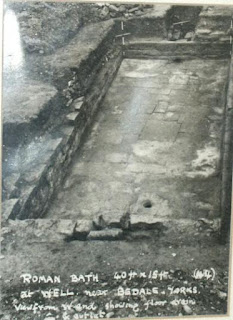Claudius, Tetradrachm, c.45-6 AD, RPC I 5164
I recently acquired this “dynastic” coin, made in Alexandria, Egypt, of the emperor Claudius. His portrait is featured on the obverse of the coin. The reverse has a veiled female figure standing left. You would probably think of Demeter at first glance, however, the figure is named and that name is Messalina, Claudius’ third wife. In her hand, outstretched, there are two small children, Claudia Octavia and Britannicus.
Little is known about Messalina’s life prior to her marriage in 38 to Claudius, her first cousin once removed, who was then about 48 years old. Claudia Octavia was born in AD 39 or 40, a future empress, stepsister and first wife to the emperor Nero; and Britannicus in AD 41. When the Emperor Caligula was murdered in 41, the Praetorian Guard proclaimed Claudius the new emperor and Messalina became empress.
With her accession to power, Messalina enters history with a reputation as ruthless, predatory and sexually insatiable. Her husband is represented as easily led by her and unconscious of her many adulteries. In 48 AD, he went away on a trip and was informed when he returned that Messalina had gone so far as to marry her latest lover, the Senator Gaius Silius. While many would have ordered her death, the Emperor offered her another chance. Seeing this as weakness, one of his head officers went behind the Emperor's back and ordered Messalina's death. Upon hearing the news, the Emperor did not react and simply asked for another chalice of wine. The Roman Senate then ordered a damnatio memoriae so that Messalina's name would be removed from all public and private places and all statues of her would be taken down.





































